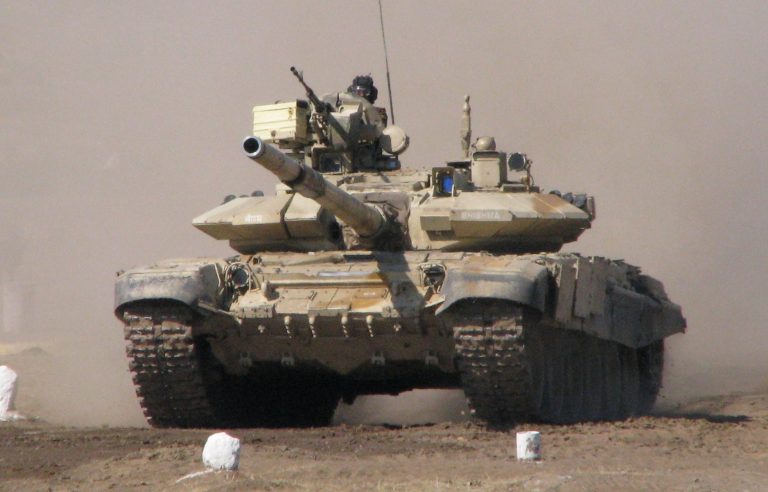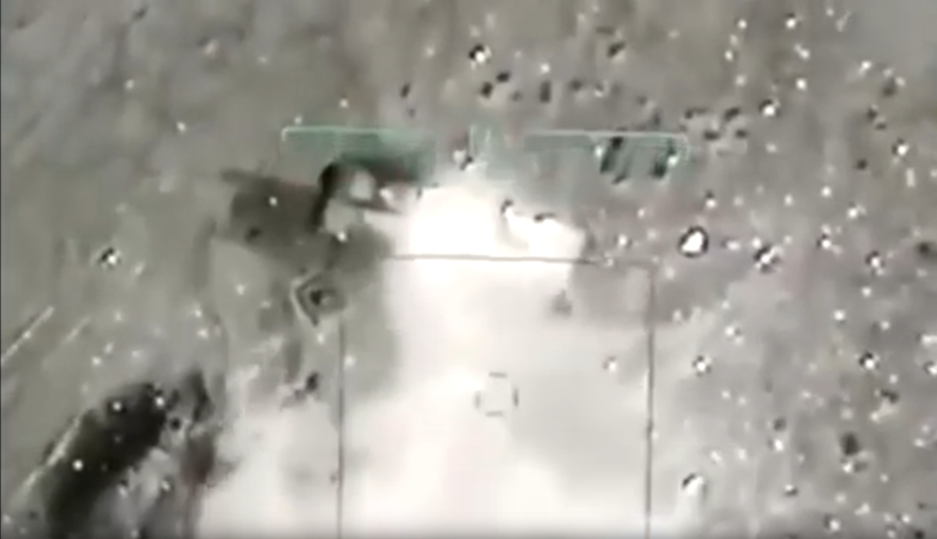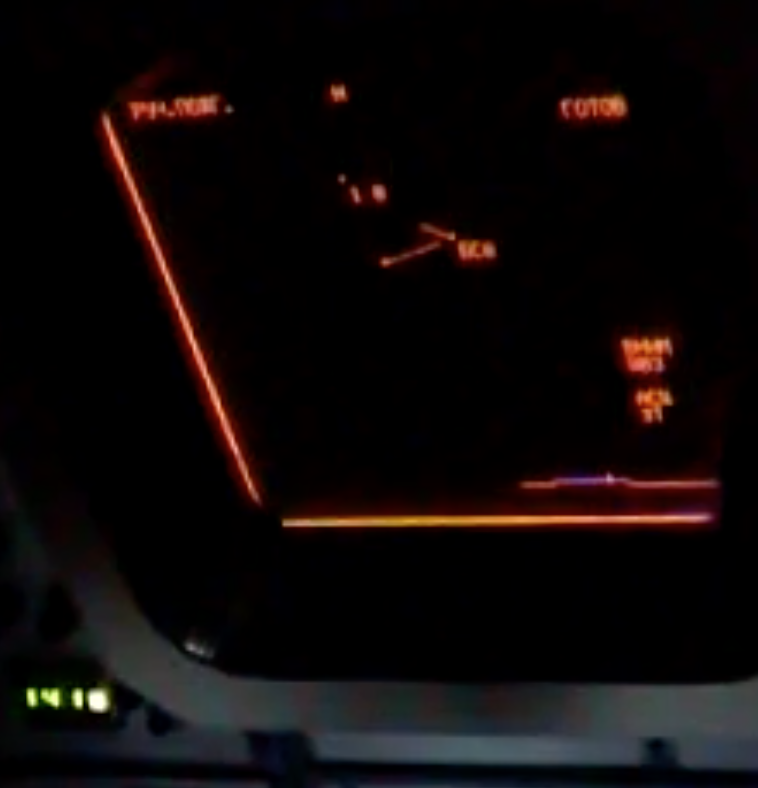The low quality of Russian weapons systems turned to be a systemic problem of the Russian defense complex. In particular, it became more than evident in the light of the Nagorno-Karabakh war. The conflict demonstrated the complete ineffectiveness of Russia’s air defense systems. Moreover, the Armenian armed forces representatives have repeatedly criticized the effectiveness of Russian weapons. In February 2021, Armenian Prime Minister Nikol Pashinyan spoke of the poor quality of the Russian Iskander tactical missile complex.
The facts prove that in defense sphere nuclear weapons is an exclusive weapon Russia can use effectively. Technological backwardness, dependence on foreign technologies and spare parts, as well as corruption in the defense industry and trade agreements make Russia extremely vulnerable – most of the military projects announced by the federal government are far from reality. For example, the promising T-14 Armata tank will be way above Russia’s state budget. Russian hypersonic weapons are also questioned.
Therefore, Russian conventional potential-relate risks are significantly exaggerated, and purchases of Russian weapons look like dubious deals.
The Indian military leadership has once again criticized the quality of Russian weapons.
The military command of India stated that the Russian T-90 tanks are useless. India, one of the largest foreign importers of Russian T-90 tanks, suddenly criticized these battle tanks. The military command criticized both the Russian T-90, and the T-72 tanks. The circumstances show that in a while Russia may lose major contracts for these tanks supply.
According to the Indian military command, Russian T-72 and T-90 tanks turned out to be absolutely worthless in mountainous areas (unlike Chinese tanks). Therefore these vehicles cannot be used in armed clashes on the border with China and Pakistan, although earlier they actively accepted this equipment for service to perform these very tasks.
The key problem of Russian heavy vehicles is the cross-country performance in mountainous areas and the very process of transferring heavy vehicles to the region.
The Indian armed forces started preparing for a war-like situation by deploying huge numbers of Russian-origin T-90 Bhishma Tanks and T-72 M 1 tank in key areas of the Ladakh valley. 45-ton T-90 generally requires more oxygen to support their engines than that available at higher altitudes. The Indian Army is hoping to procure “much more maneuverable” and “operationally flexible” light tanks to meet the Chinese challenge.
India is also not satisfied with the Russian tanks’ active protection system and ordered their development at their enterprises.
In August 2016, India faced the same problem with the Russian combat aircraft. As the Indian Ministry of Defense report says, serious defects were identified on the Russian MiG-29K and MiG-29KUB planes sold to India to use on the Russian-made aircraft carrier Vikramaditya (the modernized cruiser Admiral Gorshkov). According to the report, the systems of Russian military aircraft were literally ‘riddled with problems’. This conclusion sounded especially depressing in the light of the fact that the MiG-29K and MiG-29KUB had been accepted for the Indian aircraft carrier fleet as the main strike air force.
The airframe, the RD-33MK engine (made by JSC Klimov) and the fly-by-wire control system turned out to be the most serious defects of the aircrafts. Generally, the MiG-29K performance (the main indicator of efficiency) was estimated at the level of 15.93% -37.63%; the MiG-29KUB was estimated in 21.30%-47.14% range. This indicator shows a significant reduction in the service life, which was originally supposed to be around 6,000 hours.
At the same time, 40 out of 65 (62%) of the delivered RD-33 MK engines were found unusable because defects in the mechanisms reduced flight safety significantly. Ultimately, by August 2015, there were 46 out-of-service and decommissioned aircraft engines bought in the Russian Federation. There was a conclusion that the RD-33 MK reliability was questionable.
No less criticism rose as of the airframes of aircraft that broke during ship-based operations. The defects did not disappear even after numerous repair and modification changes made by Russian manufacturers at the request of the Indian side. The Indian Ministry of Defense made a conclusion that this problem negatively influences on long-term aircraft deployment ability.
The fly-by-wire system also had serious defects: during 2012-2014 Indian experts estimated its reliability as extremely low (3.5 -7.5%).
The flight simulator program designed to train Indian pilots for Russian aircraft were also criticized. Indian experts made a conclusion that it was absolutely unusable to perform the assigned tasks.
Generally, the Indian Armed Forces decided to buy 45 aircraft of the mentioned above type. These aircraft have been in operation in India since September 2014.
It is impossible to state whether the problems with the Russian weapons shipped to India are explained by Russia’s technological backwardness, or this is the result of political relations with China and the Kremlin’s unwillingness to help strengthen Beijing’s geopolitical opponents.
According to the Comptroller Auditor General (CAG), as of 2015 only 115 aircraft out of 210 Russian Su-30s of the Indian Air Force were up time. This state of things negatively affected the combat capability of the Indian armed forces. At the same time, because of poor maintenance and a shortage of spare parts supplied from Russia India lost 6 fighters.
Similarly, in the middle of 200s Algeria returned 15 Russian MiG-29SMT fighters delivered in 2006-2007. They explained their decision by the fact the fuselage bodies of at least two aircraft from the delivered batch were not new.
Likewise, in 2019, Mexican airline Interjet having a fleet of 22 Russian Sukhoi Superjet 100 stopped using 15 of them. Half of the 15 jets were put into storage in 2018.
As the Flight Global website sources inform, dozens of SSJ-100 – SaM 146 engines were down; their repair was not paid by the producer.
In addition, in 2018, 11 Russian Mi-35P helicopters from the 2nd platoon of the 450th helicopter squadron of the Cypriot Air Force broke down.
In 2018, Azerbaijan criticized the quality of Russian weapons. The Azerbaijani side stated that the Smerch MLRS missiles do not explode while firing, the ammunition for the BTR-82A machine guns does not reach the target, and the Mi-35 (AH-2 Saber) helicopters constantly record breakdowns of thermocouples thereby preventing the engine from starting. Moreover, there are malfunctions in the operation of aircraft equipment set; the systems of automatic fire and firing of AT-9 Spiral-2 and AT-6 Spiral missiles do not work properly.
We estimate that the pervasive corruption in the Russian defense industry and the system of state defense orders hangs this country 20-25 years behind the world arms leaders.
In the light of mentioned circumstances, Russia can only count on export deliveries with bribing the military and political leadership of the arms-importing countries. In the national defense order, Russia will have to rely on a system of nuclear deterrence.






